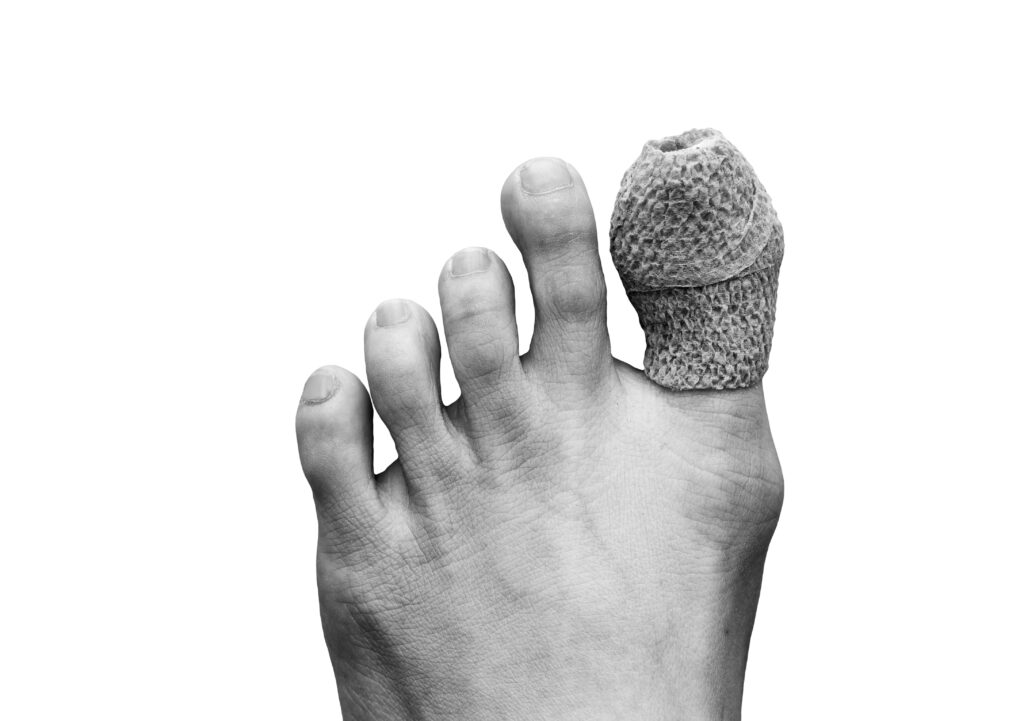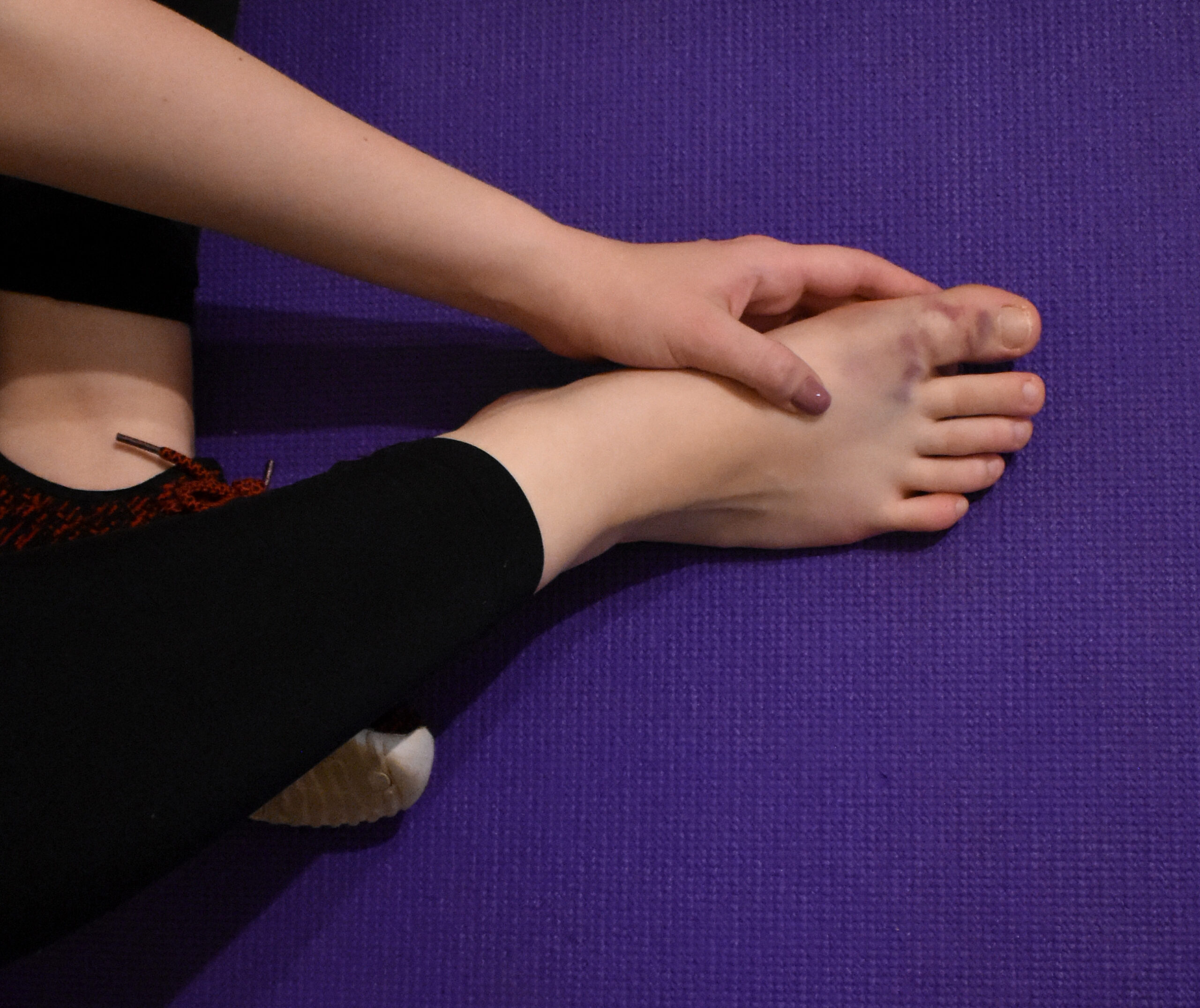Bruised Toe: When Is It More Than Just a Bruise?
Stubbing your toe, dropping something heavy on your foot, or taking a wrong step can leave you with a painful, swollen, and discolored toe. While a bruised toe is often minor, sometimes what feels like “just a bruise” can actually be a fracture or sprain. Knowing the difference helps you decide whether to treat it at home or schedule an appointment with a podiatrist near you.
What Is a Bruised Toe?
A bruised toe occurs when small blood vessels under the skin break after trauma. This causes discoloration, swelling, and tenderness. Most bruises heal with simple care at home, but a toe injury podiatrist can help confirm whether your toe is bruised, sprained, or broken.
Symptoms of a Simple Bruised Toe
- Purple, blue, or black discoloration that gradually improves in a few days
- Mild to moderate swelling that gets better with rest and ice
- Soreness when walking, but manageable with protective footwear
- No visible deformity or crooked appearance
Signs It May Be More Serious
If you experience any of the following, you may need more than bruised toe treatment at home:
- Severe pain that does not improve with rest
- Swelling that gets worse instead of better
- Dark discoloration that spreads or persists
- Toe looks crooked, bent, or stuck in position
- Inability to walk or bear weight
- Open wound or bleeding under the nail

These symptoms may indicate a fracture, sprain, or even an infection. In these cases, getting a toe x-ray at a foot doctor near you is the best way to rule out more serious damage.
At-Home Care for a Bruised Toe
If you’re confident your toe is just bruised:
- Rest: Keep weight off the injured toe.
- Ice: Apply ice in 15–20 minute intervals to reduce swelling.
- Elevation: Raise your foot to minimize throbbing and swelling.
- Protection: Wear roomy, supportive shoes until it heals.
When to See a Podiatrist
Don’t ignore ongoing pain. If your toe does not improve in a few days, or if you suspect something more serious, schedule an appointment with a podiatrist for toe injuries. Treatment may include splinting, protective footwear, or even surgery for fractures. Early diagnosis prevents long-term complications like stiffness, arthritis, or chronic pain.
Curalta Foot + Ankle: Helping You Put Your Best Foot Forward
At Curalta Foot + Ankle, we specialize in diagnosing and treating all toe injuries—from simple bruises to complex fractures. Our podiatrists offer bruised toe treatment, fracture care, shockwave therapy, wound care, and more. With convenient locations in New Jersey, Pennsylvania, and New York, we make it easy to see a foot and ankle specialist near you.
📞 Call 888-777-1430 or click HERE to request your appointment today.
Because Transforming Podiatric Medicine starts with making sure every step is pain-free.

